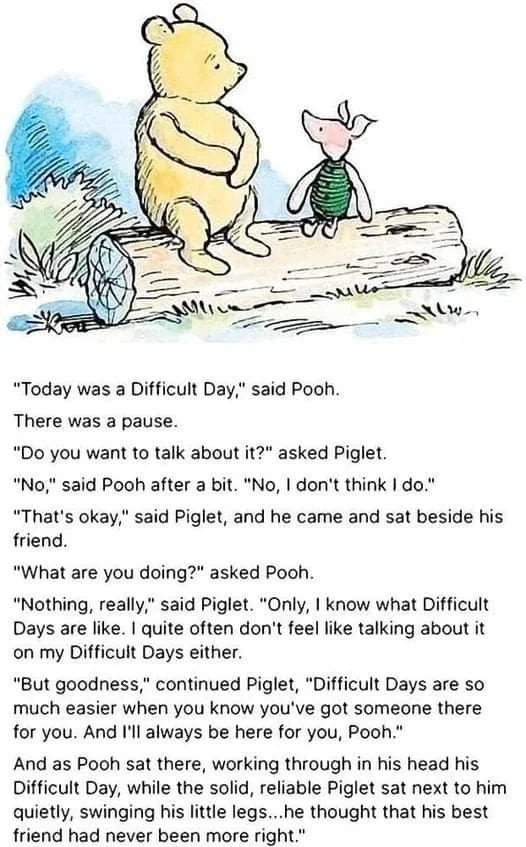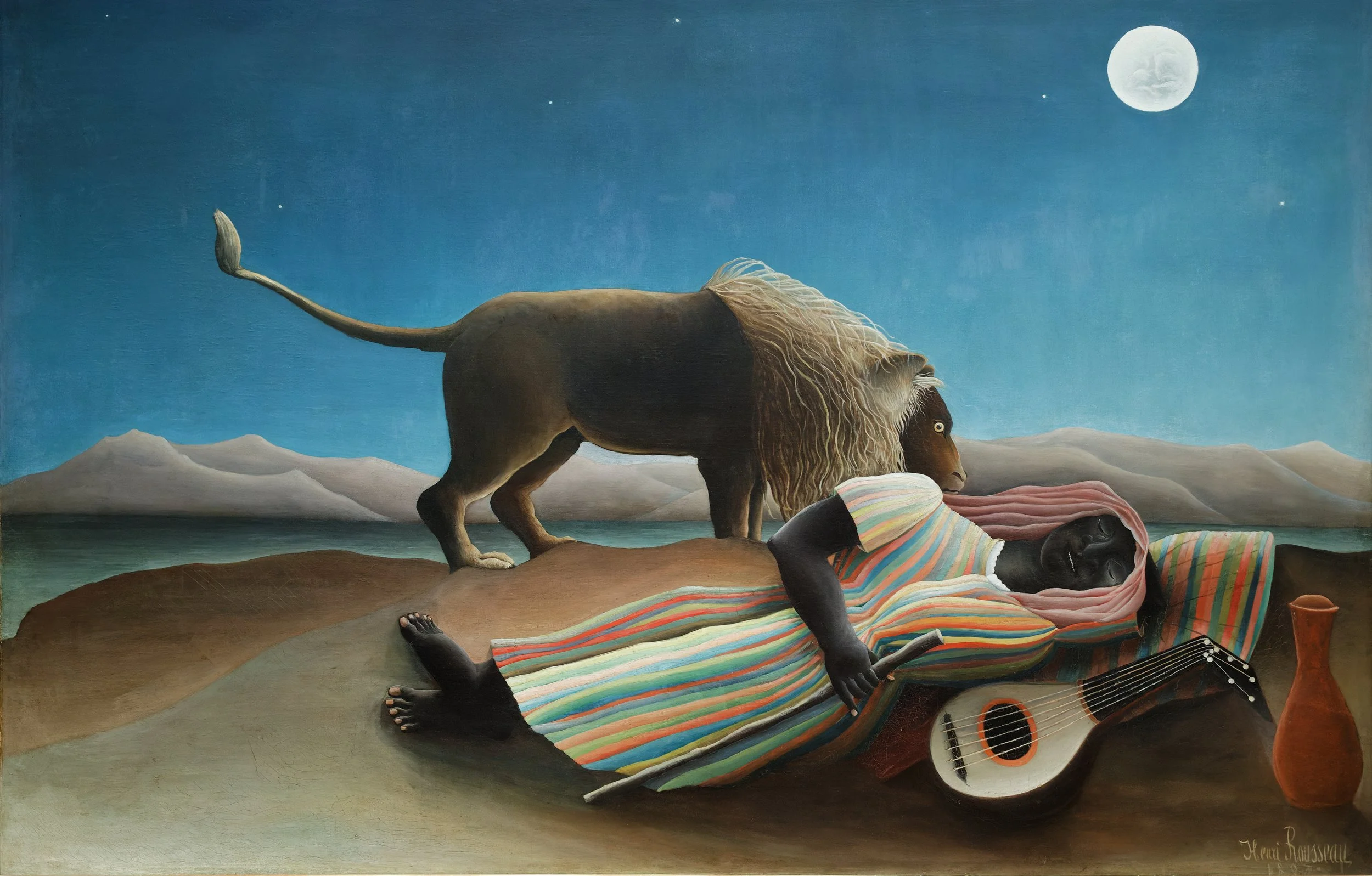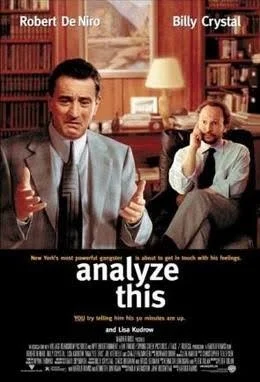My Modalities
My degree and training is in Integral Counseling, which means that I have moderate experience across various modalities, including Gestalt, Transpersonal, Psychodynamic, Psychodrama, CBT, Family Systems, Couples, Child Therapy, and more. The current approaches I have chosen to deepen into focus on transpersonal, psychodynamic/psychoanalysis, psychodrama, and gestalt, and systems (family systems).
Transpersonal
A mentor once said, “we are not the well ones treating the sick patients – “we are two flawed humans, working together.” In other words, my process is collaborative and co-creative rather than hierarchical. I bring years of personal work, education, training, and therapy to my practice, but I am not the expert nor the authority on your experience. You are.
My transpersonal approach means I am paying attention to what is happening in the “in between” – attuning myself to you, myself, and our therapeutic alliance. I listen for both what’s said and unsaid. I am grateful to have had skilled mentors and supervisors that held up a compassionate mirror, deepening my understanding of my clients and my inner work in relationships to them.
I believe my role as a therapist is to be present, engaged, aware, and connected to you, myself, and what emerges in our work. I deeply care about each of my clients and believe that this care influences what I see, feel and ultimately, pick up on in session. A client once shared an image of what it felt like to work with me – they said it felt like the both of us were at a chalk-board, side-by-side, each with chalk in hand, looking at the problem together. I work with mutual companionship and respect.
Psychodynamic/Psychoanalytic
I enjoy working with a psychodynamic and psychoanalytic orientation because it invites a certain depth and imaginal landscape. These modalities have taught me to trust my intuition and to allow for symbols, images, individual words, or phrases to have a soul and speak for themselves. For example, the client who brought in the image of us at the chalkboard, this is a client that often thinks in imagery and is very creative. By deepening into the image, I was able to feel into the feedback they were giving about my therapeutic approach, rather than just enumerating pros and cons.
I also listen for what is archetypal, sometimes found in the most benign places. Another client once told me they were starting to gain an appetite after struggling to feel hungry for several months. At this same time, this client was starting to make bigger plans for their future. We talked about this larger appetite she was feeling for both food and life. We could go a step further, personify Appetite, capitalize the letter A, and recognize Appetite as a being, and be in gratitude for the visitation from the God, Appetite. Words, ideas, emotions, images have a life of their own and they are us. Our task is to learn how to be in a relationship with them and ourselves – to differentiate and hear them on their own terms and integrate them as part of who we are.
I also approach dream work using an archetypal and imaginal lens. I do not interpret your dreams, rather, we explore your feelings and associations to the imagery and narrative. We dance between your personal experiences and connection to culture and what Jung called the collective consciousness. This is also a general rule of mine. I don’t interpret – I get curious and explore with you.
Gestalt
A Gestalt mentor of mine would often urge me in session: “discover, don’t explain.” In Gestalt the tenet of being in the “here and now” is vital. Rather than “talking about” an event, Gestalt will often opt to bring the event into the present and to visit the memory as though it is happening now. This presence lends itself to a healthy amount of experimentation, and often, play. It also requires a practice of increasing awareness of what is happening in your internal and external experience of the world. In a way, I think that Gestalt and Psychodrama serve as a complement or perhaps even an antidote to the analytical traps of overthinking and suffering from meaning making.
“No friend or animal wants to be interpreted, even though it may cry for understanding.” - James Hillman, The Soul’s Code
“Analyze This!” - Robert De Niro
Psychodrama
Psychodrama shares Gestalt’s “here and now” ethos. It also shares an emphasis on spontaneity, an attribute the founder deeemed vital to a healthy Psyche– goddess of the soul.
“Spontaneity operates in the present, now and here; it propels the individual towards an adequate response to a new situation or a new response to an old situation.” - Jacob Moreno in Who Shall Survive
A valuable tool I have used from psychodrama is to slow events down “frame by frame.” In these frames, we can take a seemingly innocuous event and pay close attention to each progressive movement, looking for clues in why the drama unfolded the way that it did. You got into a squabble with someone while on the bus to therapy, somehow this reminds you of your breakup. What’s the connection? Where’s the plot? Is there a theme repeating itself?
Systems/Family Systems
Our emotions, experiences, and psyches are ours entirely, and we are connected to systems and families that have inflluenced our ways of moving through the world. One way this shows up when working from a family systems approach is understanding what role a person has been conscripted to play in a family. Was a parent dramatic and the center of attention– my client may tend to suppress their own pain so as not to “be like said parent.” Was a parent or sibling rigid and a rule follower– my client may tend towards being the trickster, the rule breaker. The trouble and often pain seems to come in when these roles are held without awareness about them. By understanding the role they might have been inadvertently given by the family system, clients develop a greater sense of autonomy over who and how they want to be, often stepping outside of the boxes they were once confined to.




